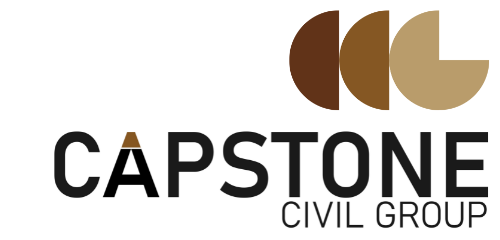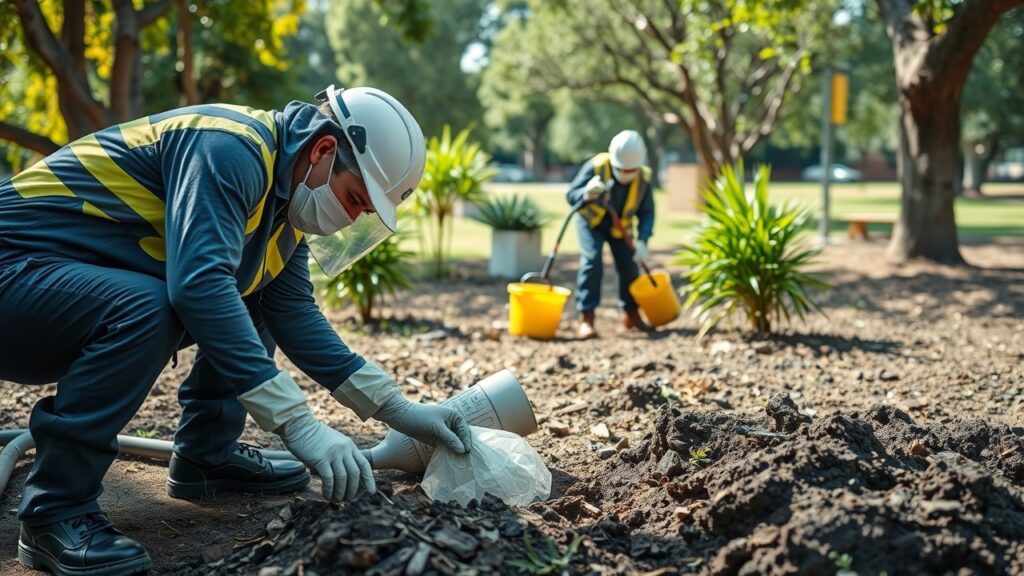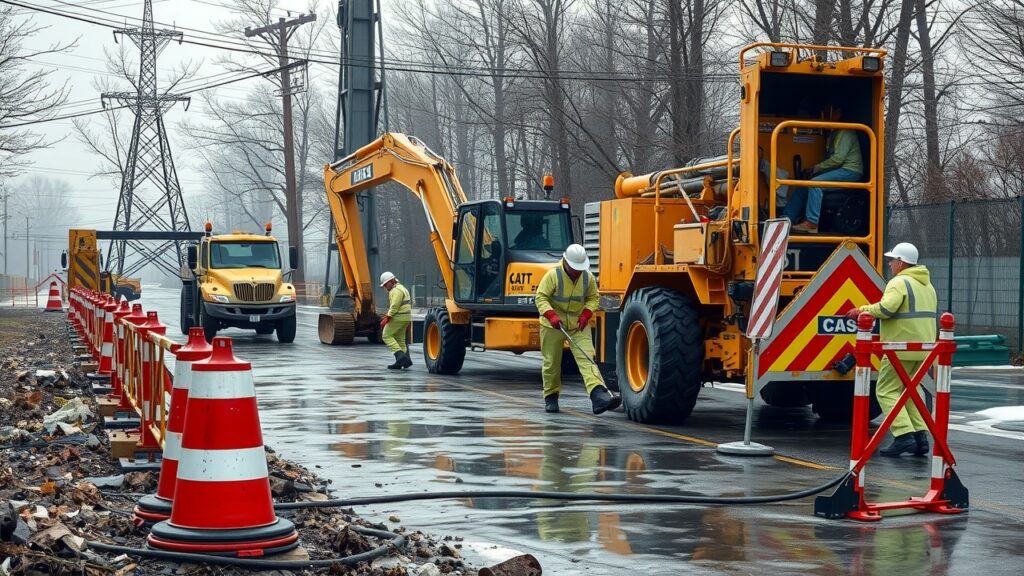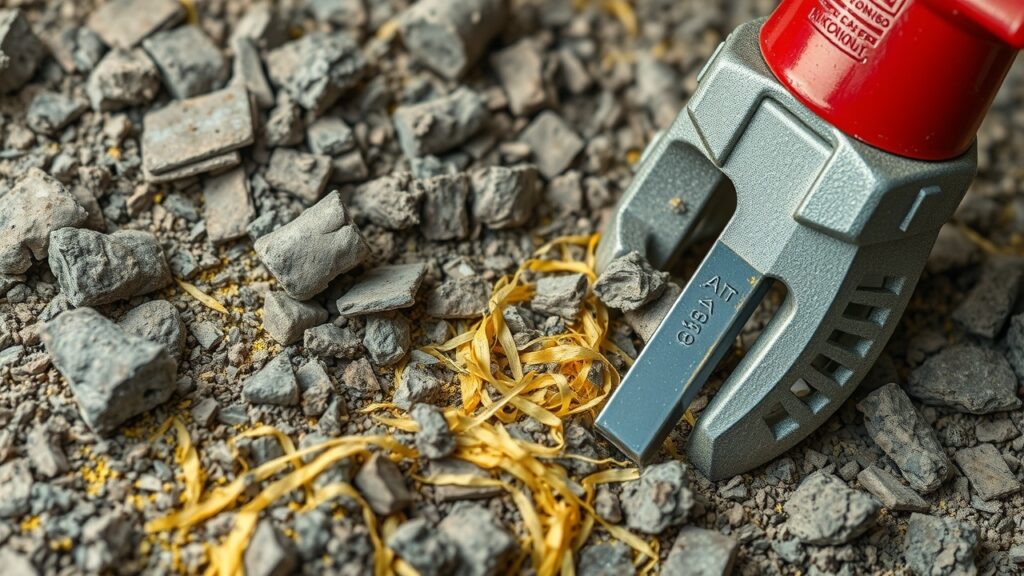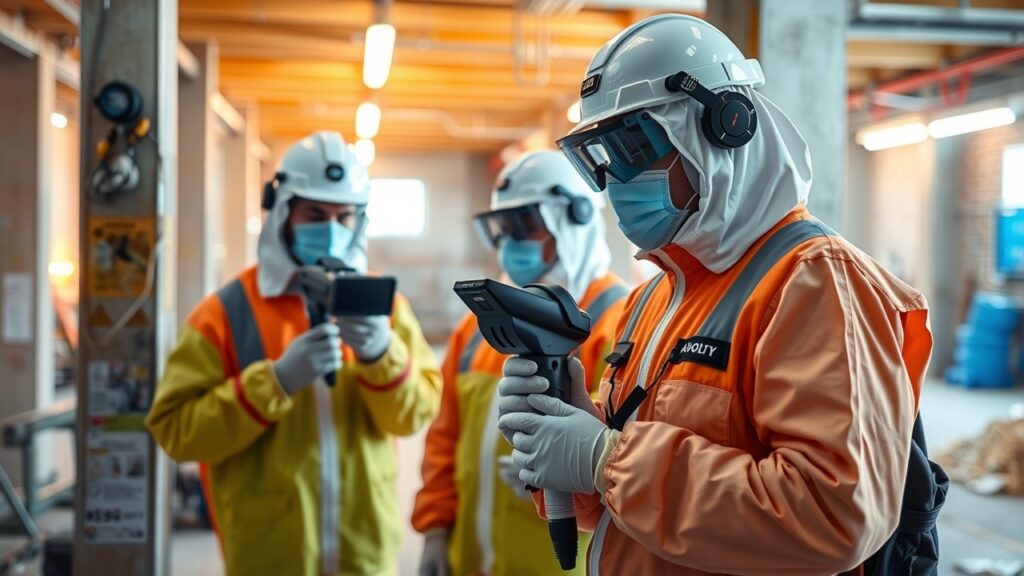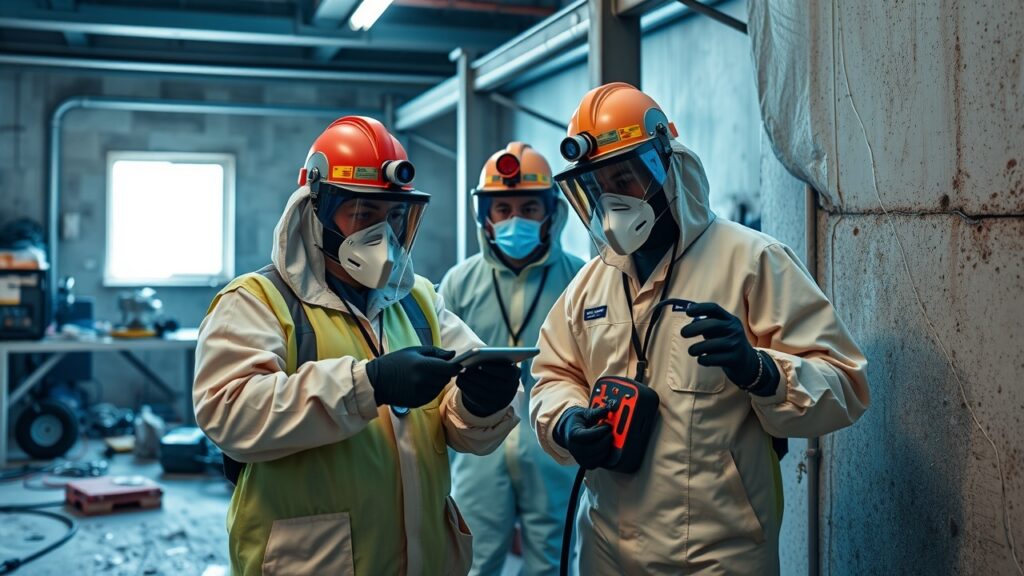Reliable Commercial Asbestos Removal and Hazardous Materials Remediation
When it comes to reliable commercial asbestos removal and hazardous materials remediation in Australia, Capstone Civil Group stands out. We prioritise safety and compliance with regulations to protect your property and the health of your employees.
Beyond Asbestos
Commercial Asbestos Removal Process
Initial Site Assessment and Asbestos Survey
Starting off right is key for safe asbestos removal in commercial spaces. First, we do an initial site assessment. This includes a few steps:
- Visual Inspection: We carefully check the property to find any asbestos-containing materials (ACMs).
- Sampling and Testing: We take samples from areas that might have asbestos. Then, these go to a lab for testing.
- Documentation Review: We look at building records and earlier surveys to understand what materials are in the building.
Developing a Removal Plan
A good removal plan needs certain things:
- Identifying ACMs: We mark where all the ACMs are located.
- Containment Strategies: We decide how to safely keep the area secure while removing materials.
- Timelines: We create detailed timelines for every step of the project.
Capstone Civil Group makes plans that fit each project’s needs, always following Australian rules for handling hazardous materials.
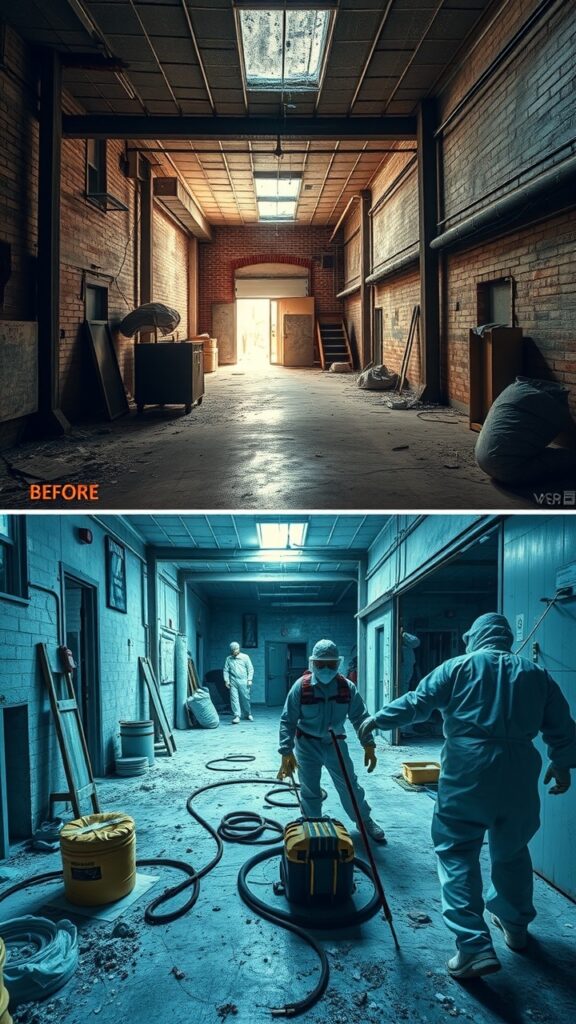
Common Hazardous Materials in Commercial Settings
In commercial spaces, there are different hazardous materials that can be harmful. Knowing what they are is key for safe handling.
- Lead: This is often found in old buildings, especially in lead-based paints or plumbing. It can cause serious health issues like brain damage.
- Mould: This grows in damp areas and can make people sick. It can lead to breathing problems and allergies, so mould remediation is really important.
- Polychlorinated Biphenyls (PCBs): These dangerous chemicals were used in electrical gear and building materials. They were banned because they can harm both people and the environment.
Each of these materials needs careful handling to reduce health risks. ety regulations help manage these risks through proper training and protective measures for those working with hazardous materials.
What is Asbestos and Why is it Dangerous?
Asbestos is a natural mineral found in the ground. It was often used in buildings because it’s strong and can handle heat. But when materials with asbestos get damaged, tiny fibers can be released into the air. Breathing these fibers can be very harmful, making asbestos removal important for occupational safety.
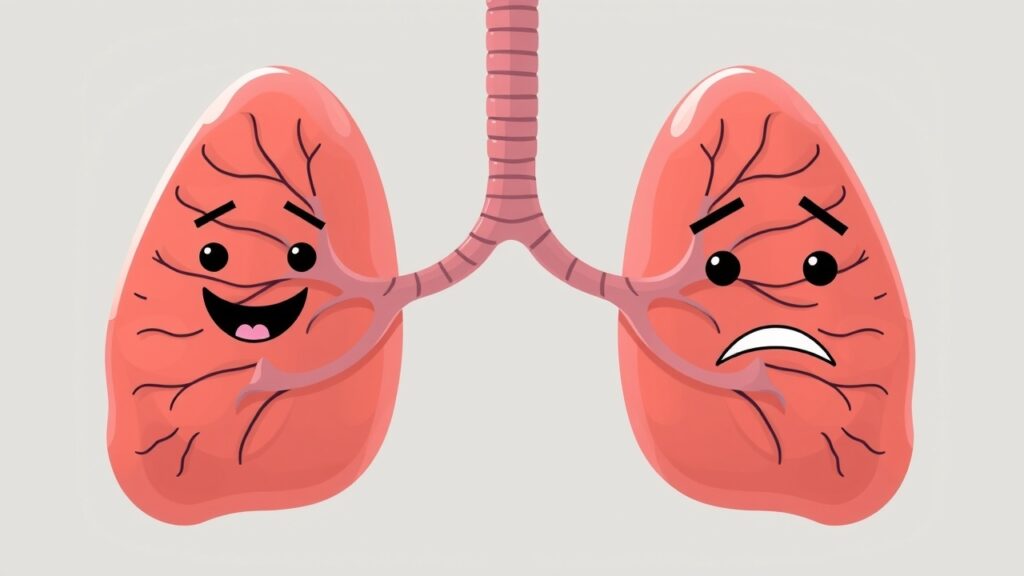
Lung cancer
This is a major health issue connected to long-term exposure.
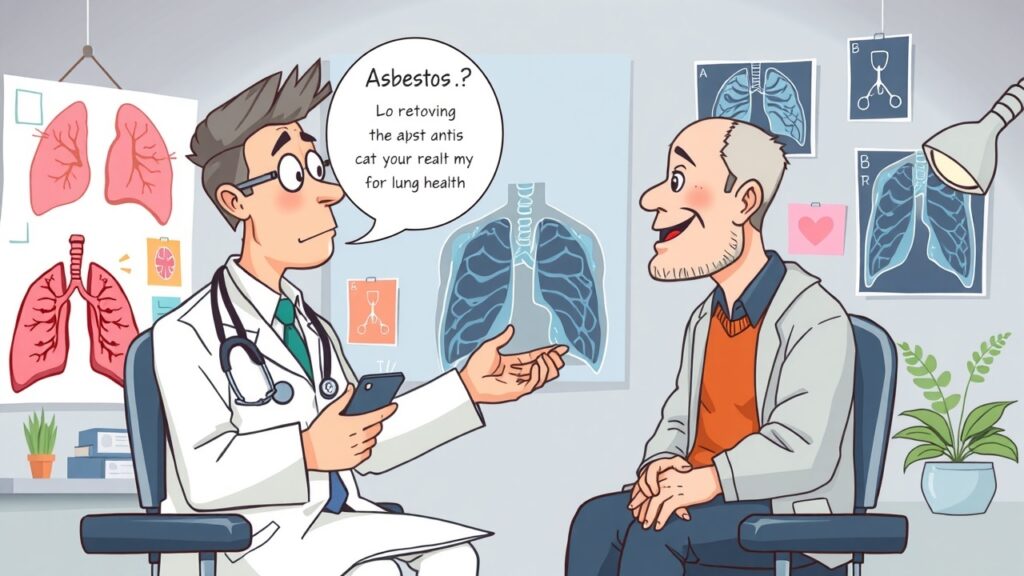
Mesothelioma
This rare cancer affects the lining of the lungs and abdomen.
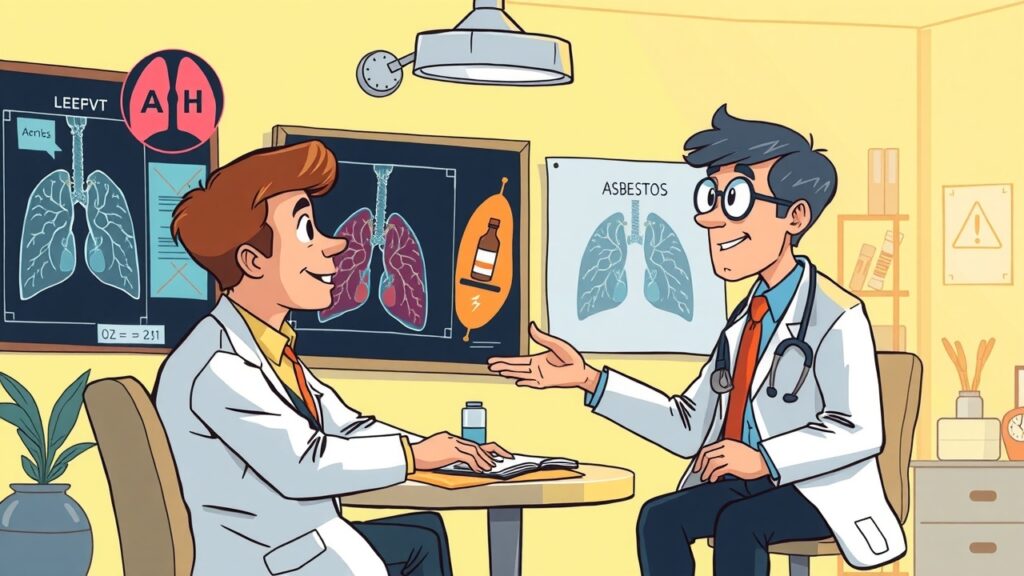
Asbestosis
This causes lung scarring and makes it hard to breathe.
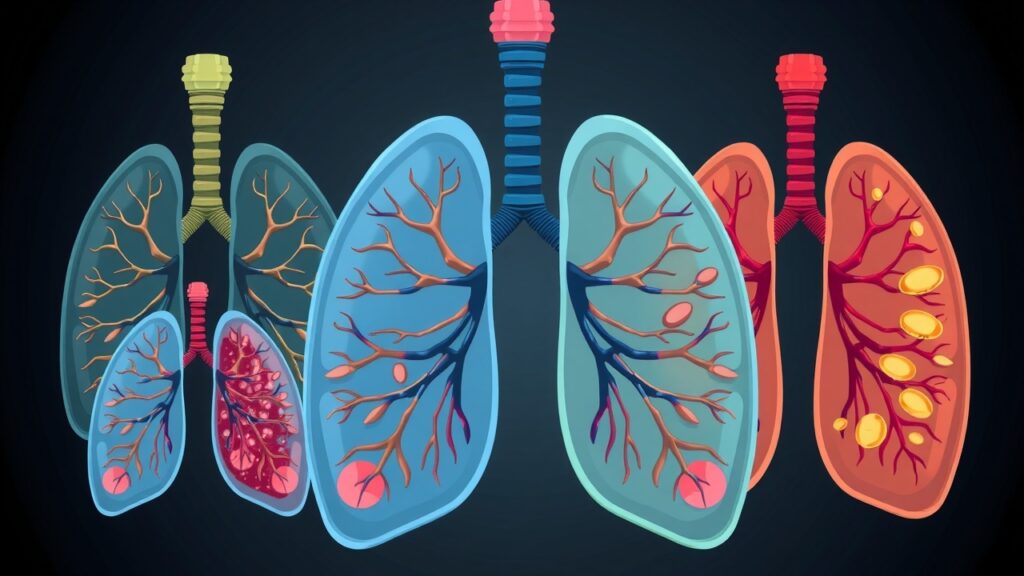
Other respiratory issues
Conditions like chronic obstructive pulmonary disease (COPD) can arise.
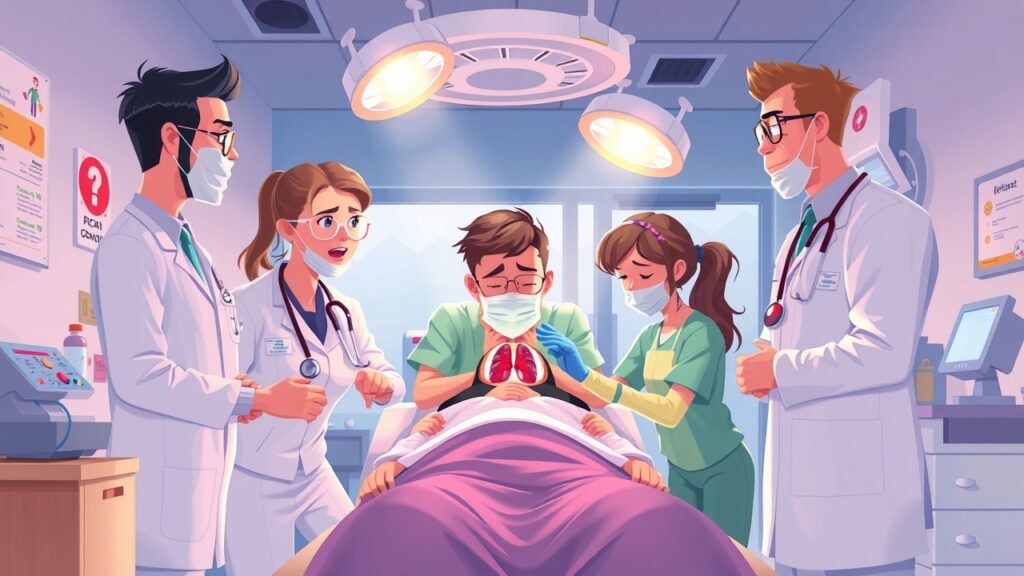
Potentially fatal diseases
Symptoms may not show up for years.
Identifying Asbestos in Your Commercial Property
You might find asbestos in several places:
- Insulation around pipes
- Ceiling tiles
- Floor tiles
- Roofing materials
If your building was made before 1990 and you see signs like peeling insulation or crumbling ceiling tiles, you should check for asbestos. It’s smart to get a professional to assess the situation.
Importance of Professional Asbestos Removal
Trying to remove asbestos yourself can be dangerous. Without the right training, you could release harmful fibers into the air. Plus, doing it wrong can spread contamination around your property.
Hiring experts ensures:
- They follow Australian regulations to keep everyone safe.
- They use special equipment for careful removal.
- They have safety measures to protect workers and anyone nearby during the work.
Australian Regulations for Commercial Asbestos Removal
Australia has strict rules about managing and removing materials that contain asbestos (ACMs). These rules differ by state but usually require licensed professionals for any removal job. They also need to keep records showing that safety standards were followed during the work.
If property owners don’t follow these regulations, they might face serious penalties:
- Heavy fines.
- Legal issues that could lead to prosecution.
- Higher costs for liability insurance due to neglecting hazardous material management.
Common Hazardous Materials in Commercial Settings
In commercial spaces, there are different hazardous materials that can be harmful. Knowing what they are is key for safe handling.
- Lead: This is often found in old buildings, especially in lead-based paints or plumbing. It can cause serious health issues like brain damage.
- Mould: This grows in damp areas and can make people sick. It can lead to breathing problems and allergies, so mould remediation is really important.
- Polychlorinated Biphenyls (PCBs): These dangerous chemicals were used in electrical gear and building materials. They were banned because they can harm both people and the environment.
Each of these materials needs careful handling to reduce health risks.
Scope of Hazardous Materials Remediation
Hazardous materials remediation means finding and safely removing harmful substances from commercial properties.
Different remediation methods include:
- Chemical treatment: Uses chemicals to neutralize harmful substances.
- Physical containment: Puts up barriers to keep hazardous materials from spreading.
- Biological methods: Uses tiny living things to break down pollutants naturally.
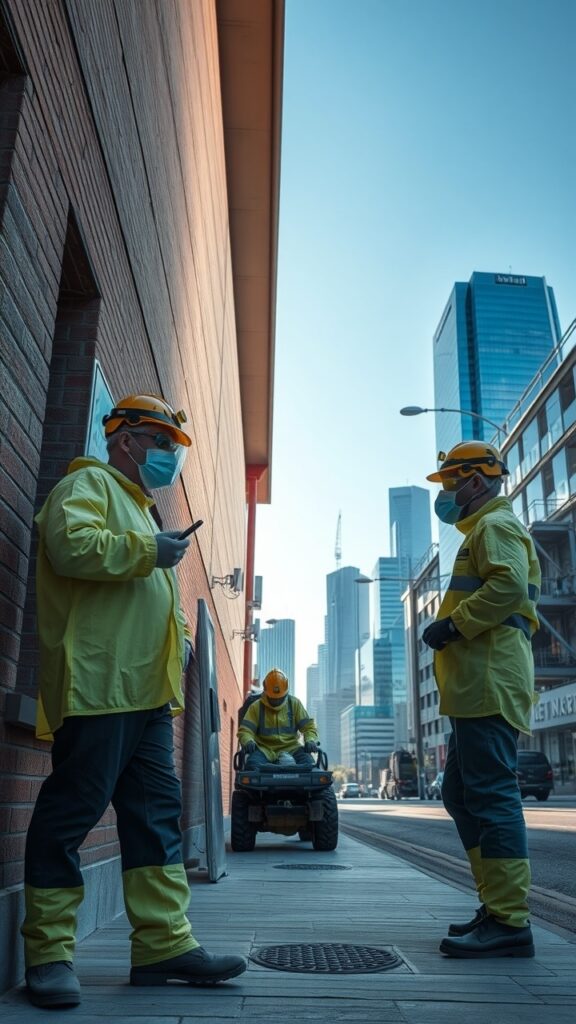
Capstone Civil Group Difference
Cost Considerations in Commercial Remediation
Knowing about costs in commercial remediation helps with planning your budget. Several things can affect the total price, like:
- The size of the area needing cleanup
- The type of hazardous materials involved
- Equipment for air quality assessment after cleanup
Upfront costs might seem high, but effective remediation can boost property value and save money in the long run by improving building health.erials are there, how they might affect people, and how they spread.
Comprehensive Hazardous Materials Management
Site Characterisation and Risk Assessment
Doing a good site characterisation is super important for handling hazardous materials. It involves a few steps:
- Initial Inspection: This means looking around the property to find any potential hazards. You need to spot obvious signs of trouble.
- Sampling and Testing: Collecting samples from places that might have hazardous materials is key. This helps confirm if there’s any contamination.
- Data Analysis: Once you have test results, it’s time to check for contaminants. This tells us how much of a problem we are dealing with.
To assess risk levels, we consider what materials are there, how they might affect people, and how they spread. Knowing this helps in deciding which areas to clean up first, keeping everyone safe and following rules.
Customised Remediation Strategies
Every commercial site has its own set of challenges for hazardous material cleanup. Here are some factors we look at:
- The type and extent of contamination
- The layout of the building and who uses it
- Specific rules in Queensland or New South Wales
At Capstone Civil Group, we focus on each site’s needs before making an action plan. This way, our strategies match up with the best practices in environmental safety, ensuring effective cleanup.
Advanced Remediation Technologies
Hazardous materials management has improved a lot thanks to new technology. Some great techniques include:
- Bioremediation: This method uses tiny organisms to help break down hazardous stuff naturally.
- Chemical Oxidation: Here, we use chemicals to turn harmful substances into safer ones.
- Innovative Containment Systems: These keep contaminants from spreading while we work on cleaning them up.
In one case study, we used bioremediation at an industrial site. The results were impressive! We managed to reduce toxic waste levels significantly while sticking to EPA rules.
Ongoing Monitoring and Maintenance
After cleaning up, it’s really important to keep checking for safety at commercial properties. Regular inspections can help catch any signs of recontamination. We also do air quality checks after cleanup.
Capstone Civil Group offers thorough post-remediation services that include ongoing monitoring tailored for our clients’ needs. This keeps everything compliant with workplace safety standards over time.
Emergency Response for Hazardous Material Incidents
If there’s a hazardous material incident like a chemical spill or if asbestos is found unexpectedly during renovations, quick action is essential to lower risks.
Our emergency services are available 24/7:
- First, we take immediate steps to contain the situation.
- Next, certified professionals assess what’s going on.
- Finally, we safely dispose of hazardous materials according to strict rules.
Compliance and Documentation
Keeping proper records is important not just legally but also for being transparent during remediation. It shows that all precautions were taken according to Australian regulations regarding hazardous materials management.
At Capstone Civil Group, we pay close attention to documentation practices. This helps us meet regulatory standards and protects our clients from future liabilities related to contaminated sites across Greater Western Sydney and other areas needing special care.
Building a Long-Term Relationship with Your Remediation Partner
Creating an ongoing partnership with your remediation provider has many perks beyond just finishing a project. At Capstone Civil Group, we pride ourselves on building strong relationships based on trust and openness, which helps create safer, healthier environments for everyone involved.
FAQs about Commercial Asbestos Removal and Hazardous Materials Remediation
When it comes to commercial asbestos removal and hazardous materials remediation services, many questions come up. Here are some frequently asked questions to help clarify common concerns.
Future Trends in Commercial Asbestos Removal
Emerging Technologies in Asbestos Detection
New tools are making asbestos detection a lot better. Technologies like infrared thermography and laser scanning help find hidden asbestos more easily. These methods keep everyone safer by ensuring thorough checks. Plus, they save time during inspections. With portable X-ray fluorescence (XRF) analyzers, experts can do real-time tests right on site. This means quicker decisions without waiting for lab results, which is great for keeping projects on track and protecting health.
Sustainable Remediation Practices
Using sustainable practices is super important when dealing with hazardous materials like asbestos. Techniques like bioremediation use natural processes to clean up contaminated areas while being kind to the environment. Also, using eco-friendly cleaning products cuts down on harmful chemicals during cleanup. Capstone Civil Group focuses on these green methods in every project, aiming for a healthier planet. By choosing these approaches, companies not only follow the rules but also help make a better future for all.
Preparing for Future Challenges in Commercial Remediation
New types of contaminants like microplastics and strange chemicals are popping up, so it’s crucial for organizations to get ready. Training programs that focus on spotting these new substances early will be super helpful. Creating strong emergency response plans will also help deal with unexpected issues during demolition or construction work. Being prepared protects both workers and the environment.
Investing in a Safer, Healthier Future
Putting money into effective asbestos removal and hazardous materials remediation can have many benefits over time. Not only does it protect public health from toxic exposures, but it also helps create a healthier community overall. Working with experts like Capstone Civil Group means following best practices while caring for worker safety and community needs too. Prioritizing safe handling of asbestos and proper building health assessments contributes to responsible remediation efforts, paving the way for a better tomorrow.
Key Services Offered by Capstone Civil Group
- Asbestos Surveys: Identify and assess asbestos risks.
- Toxic Materials Disposal: Safe and compliant disposal methods.
- Fire Safety Inspections: Ensure fire hazards are managed.
- Chemical Spill Cleanup: Rapid response to hazardous spills.
- Industrial Cleaning Services: Maintain safe working environments.
- Environmental Hazards Assessment: Identify risks to health and safety.
- Risk Management Solutions: Customized plans for hazardous materials.
- Building Health Assessments: Evaluate property safety standards.
- Demolition Services: Safe demolition with hazard awareness.
- Emergency Response Plans: Preparedness for hazardous incidents.
